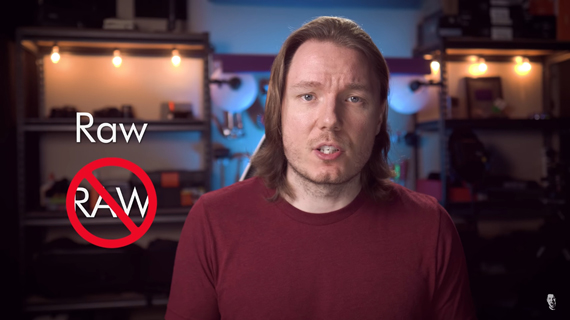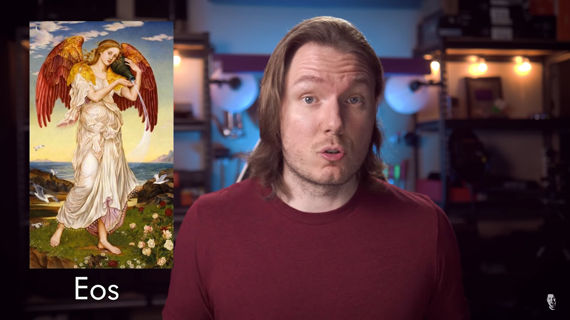There are certain terms in photography that get pronounced incorrectly. Not that the pronunciation matters much, but it’s always good to get the basics right. Gerald Undone discusses some of the camera terms that you might be saying wrong:
RAW or Raw?
While this isn’t something that is mispronounced, many do not realize that you don’t need to capitalize raw. Raw doesn’t stand for anything so saying RAW makes no sense.
“Stop writing raw in all caps.”
It is thus raw, not RAW.
EOS
The name Eos has a Greek origin that refers to the goddess of the dawn. Canon adopted the name and called it Electro-Optical System. But if the word is an acronym, it needs to be pronounced as E-O-S.
“I think that the whole Electro Optical System thing is actually a reverse acronym where they tried to apply meaning to a word that they already wanted to go with, which was Eos from Greek mythology.”
Even the Canon US president calls it Eos and not E-O-S. The way to pronounce EOS would thus be with a step-up in the second syllable.
ISO
“ISO is a standard way of equating things across the world done by International Organisation for Standardization.”
ISO isn’t an initialism, either. If it were an acronym, it would be IOS and that too would change from country to country depending on language. The organization themselves have stated that the founders decided for the short form ISO.
“ISO is derived from the Greek isos meaning equal. Whatever the country and language, we are always ISO”.
Just like Canon did with EOS, ISO too took a Greek word and put it in uppercase. Therefore it is iso and not I-S-O.
Bokeh
Bokeh is frequently pronounced as “bokay” and “bokah.” The word bokeh has a Japanese origin, and the correct pronunciation is bo-ke.
“The trick is to separate the syllables and hit them hard.”
Besides pronouncing it wrong, people also often misinterpret the definition of bokeh.
“Bokeh is the aesthetic quality of the blur in the out-of-focus components of an image. It is not the quantity of blur.”
This means that you can’t have more or less bokeh. Since it refers to quality, you can have good or bad bokeh.
While it’s a good thing to understand and use these words accurately, don’t let that hinder communication. If someone is able to communicate what they’re referring to even by pronouncing it wrong, that’s okay. No need to point it out and correct them every time.
Like This Article?
Don't Miss The Next One!
Join over 100,000 photographers of all experience levels who receive our free photography tips and articles to stay current:










Leave a Reply